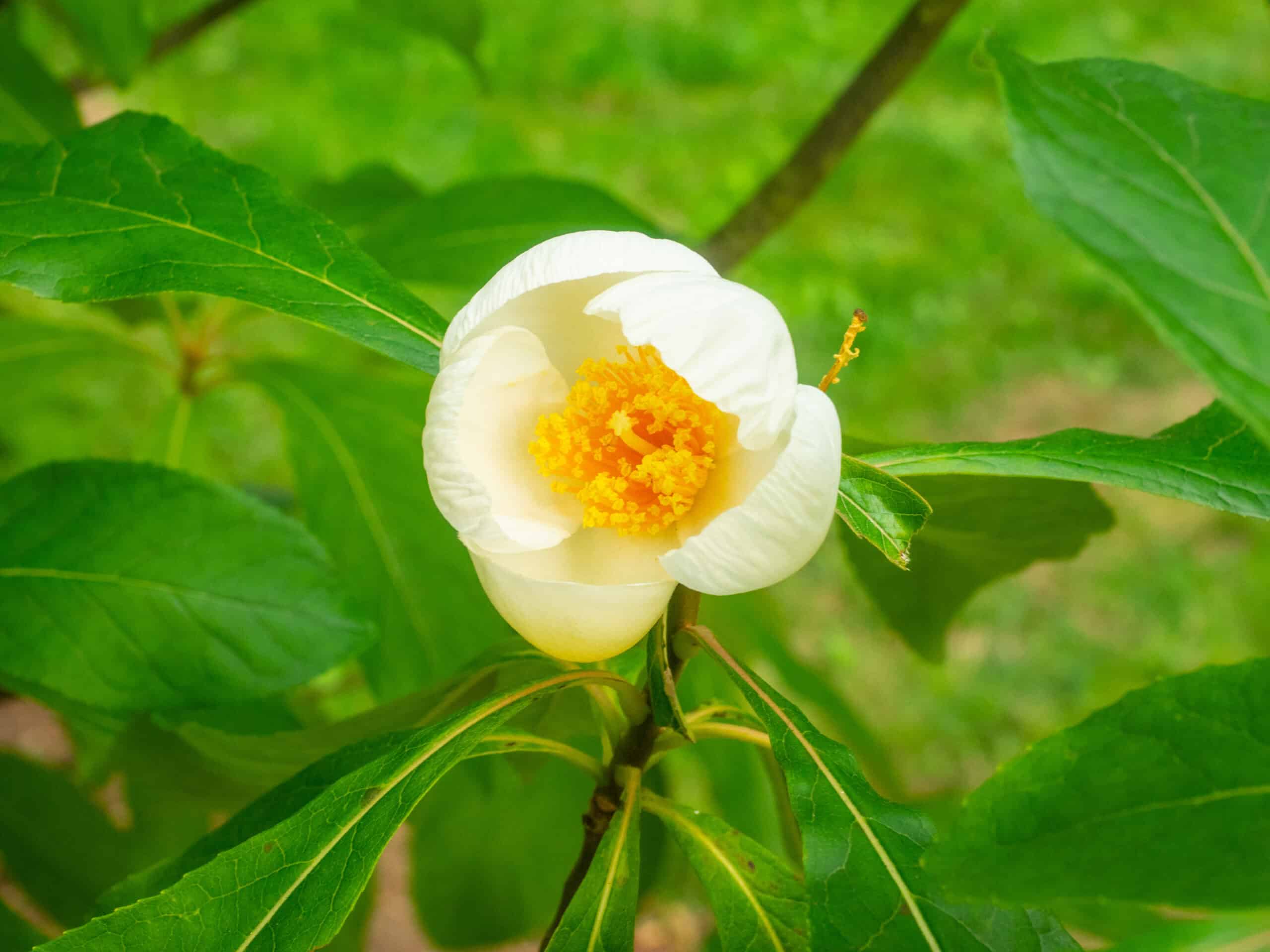South America is a continent rich in natural wonders and historical landmarks. From the ancient ruins of Machu Picchu to the stunning Iguazu Falls, each destination offers a unique glimpse into the region’s diverse culture and breathtaking landscapes. Whether you’re exploring the dense Amazon Rainforest, marveling at the engineering feat of Christ the Redeemer, or trekking through the surreal landscapes of the Atacama Desert, South America promises unforgettable experiences. Here are some of the most iconic landmarks that showcase the continent’s extraordinary beauty and heritage.
Machu Picchu, Peru
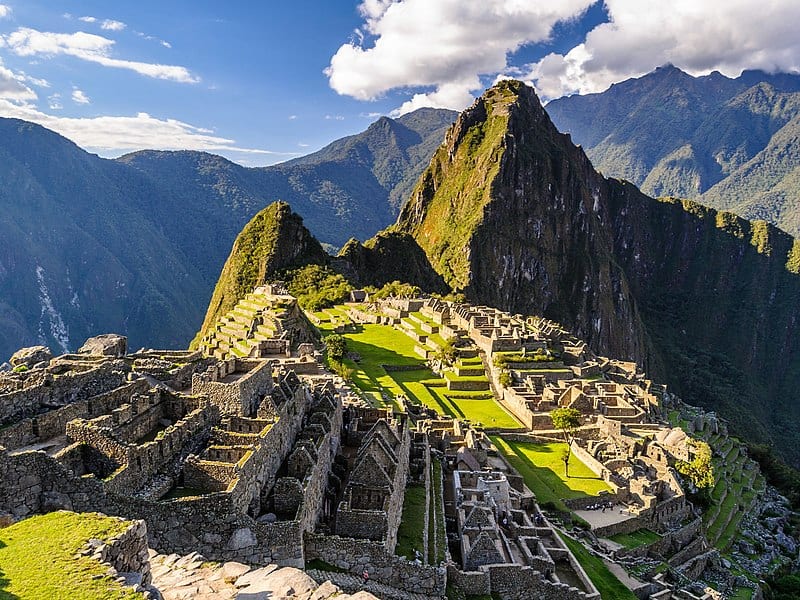
Perched high in the Andes Mountains, Machu Picchu is an ancient Incan citadel that dates back to the 15th century. This UNESCO World Heritage site offers breathtaking panoramic views of the surrounding mountains and valleys. Its precise stone construction showcases advanced engineering skills of the Inca civilization, particularly their ability to build without mortar. The site remained hidden from the world until its rediscovery by Hiram Bingham in 1911. Today, visitors often trek the famous Inca Trail to reach this marvel, making it both a cultural and physical journey.
Christ the Redeemer, Brazil
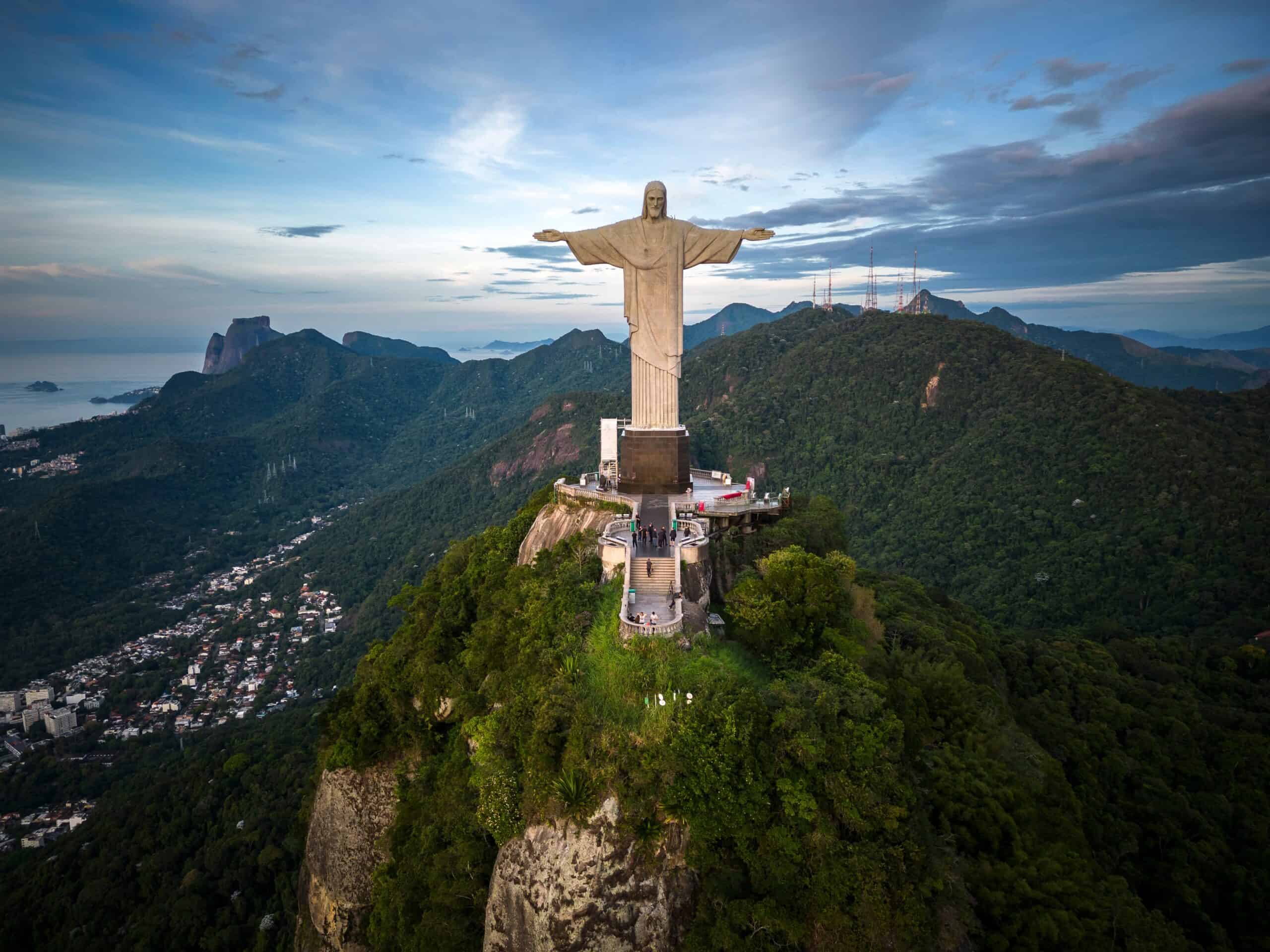
Overlooking Rio de Janeiro from the peak of Mount Corcovado, Christ the Redeemer is a colossal statue of Jesus Christ that has become an iconic symbol of Brazil. Standing at 98 feet tall, with an arm span of 92 feet, it is one of the New Seven Wonders of the World. The statue, made of reinforced concrete and soapstone, was completed in 1931 and symbolizes peace and a warm welcome to visitors. The site offers a stunning view of the city below, including the famous beaches of Copacabana and Ipanema. The statue is often illuminated at night, creating a breathtaking sight against the backdrop of the city lights.
Iguazu Falls, Argentina/Brazil
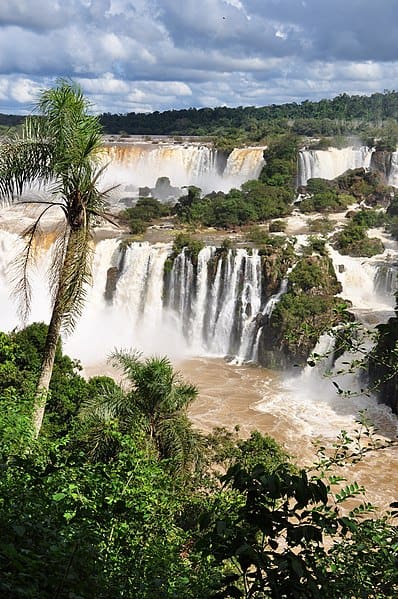
Straddling the border between Argentina and Brazil, Iguazu Falls is one of the largest waterfall systems in the world, comprising 275 individual drops. Its vastness and power are awe-inspiring, with the main attraction being the Devil’s Throat, a U-shaped chasm that plunges 269 feet. The surrounding subtropical rainforest is a UNESCO World Heritage site, teeming with diverse flora and fauna. Visitors can explore various viewing platforms and walkways on both the Argentine and Brazilian sides. Boat tours offer an exhilarating close-up experience of the falls’ thunderous roar and mist.
Salar de Uyuni, Bolivia
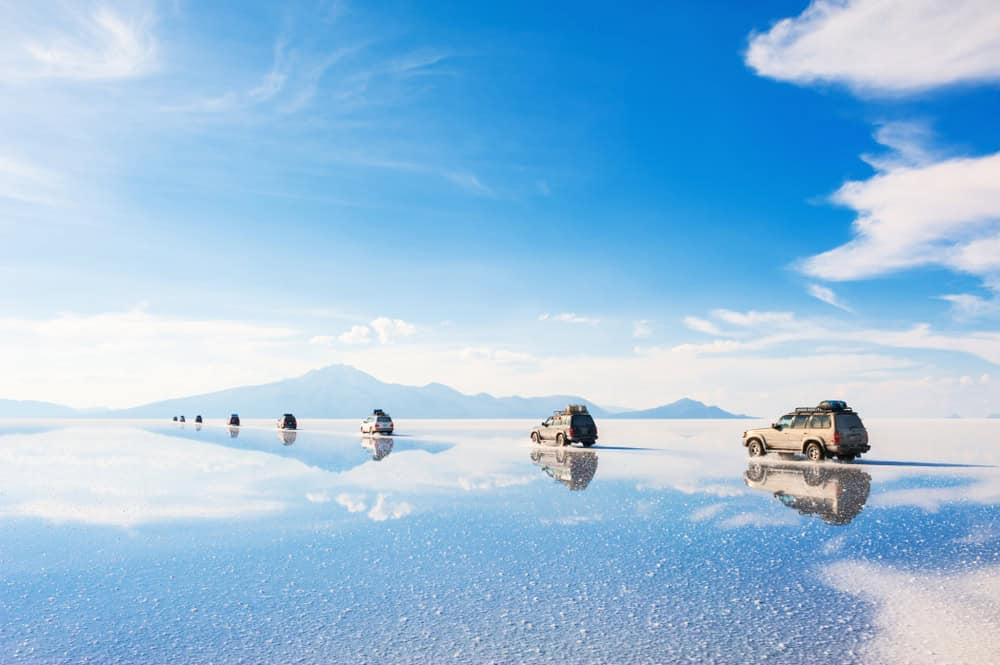
The world’s largest salt flat, Salar de Uyuni spans over 4,000 square miles in southwestern Bolivia. This surreal landscape, formed by the evaporation of prehistoric lakes, is a vast expanse of white salt crust. During the rainy season, the flat becomes a giant mirror, reflecting the sky and creating stunning optical illusions. It is a major breeding ground for several species of flamingos, adding a splash of color to the stark landscape. The area is also known for its unique salt hotels, constructed entirely from salt blocks, offering a one-of-a-kind lodging experience.
Galápagos Islands, Ecuador
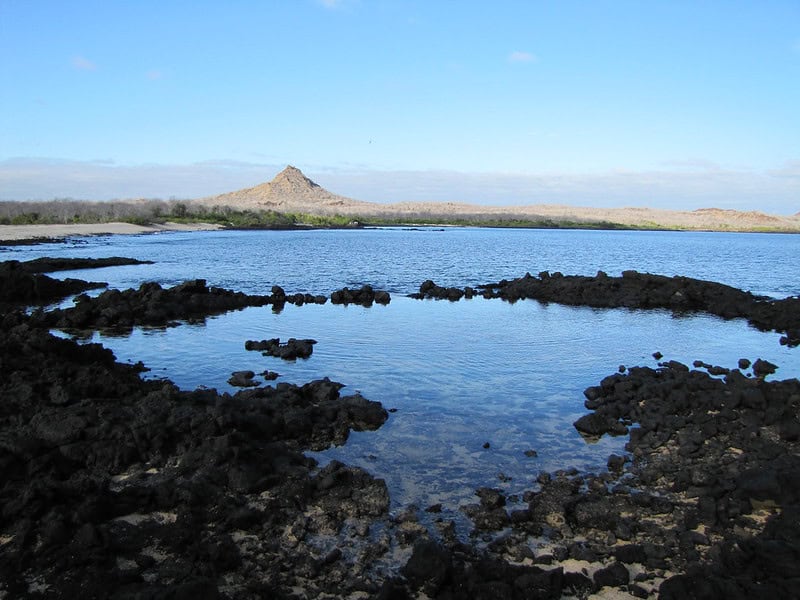
This archipelago in the Pacific Ocean is renowned for its unique wildlife and was instrumental in the development of Charles Darwin’s theory of evolution. The Galápagos Islands are home to giant tortoises, marine iguanas, and blue-footed boobies, among other unique species. The islands’ ecosystems are highly protected and regulated to preserve their biodiversity. Visitors can explore the islands through guided tours, often including snorkeling and diving to see vibrant underwater life. Each island offers distinct landscapes, from volcanic rock formations to lush highlands.
Easter Island, Chile
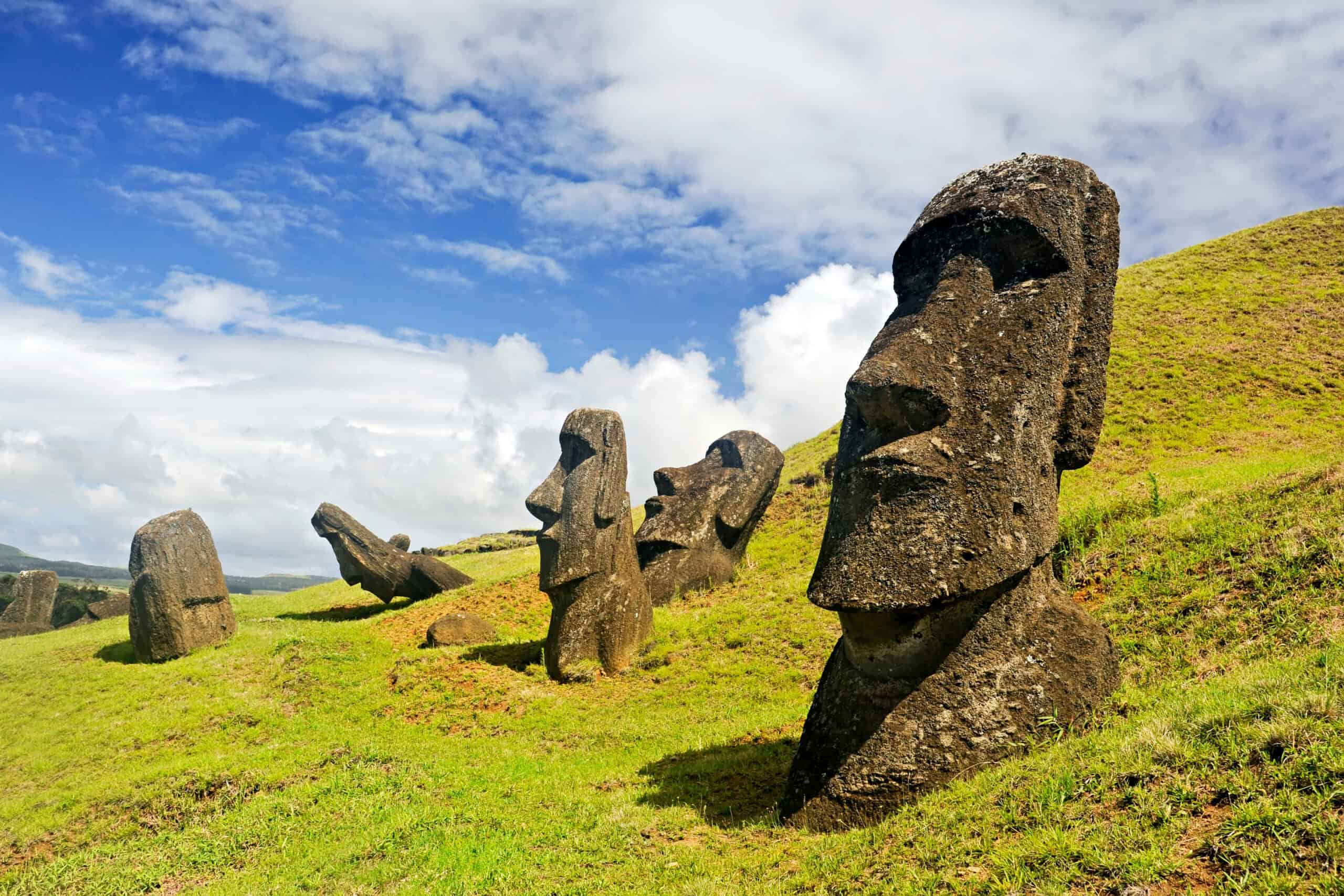
Famous for its enigmatic moai statues, Easter Island is a remote volcanic island located over 2,000 miles off the coast of Chile. The moai, carved from volcanic tuff, were created by the Rapa Nui people between the 13th and 16th centuries. Each moai represents an ancestral figure, believed to watch over the island’s inhabitants. The island’s history and culture are deeply fascinating, with ongoing archaeological research uncovering new insights. The landscape also features volcanic craters, pristine beaches, and a rugged coastline, offering a unique combination of natural and cultural attractions.
Patagonia, Argentina/Chile
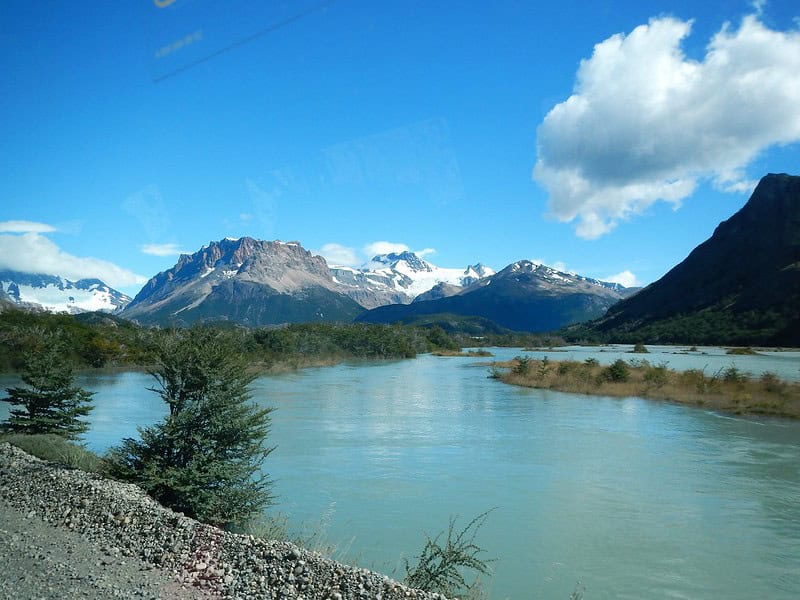
Patagonia is a vast region shared by Argentina and Chile, known for its dramatic landscapes, including the Andes mountains, glaciers, and vast steppes. Torres del Paine National Park in Chile is a highlight, with its towering granite peaks, turquoise lakes, and diverse wildlife such as guanacos and Andean condors. In Argentina, Los Glaciares National Park offers stunning views of the Perito Moreno Glacier and Mount Fitz Roy. The region is a paradise for hikers, climbers, and nature enthusiasts, providing countless opportunities for outdoor adventures and breathtaking scenery.
Angel Falls, Venezuela
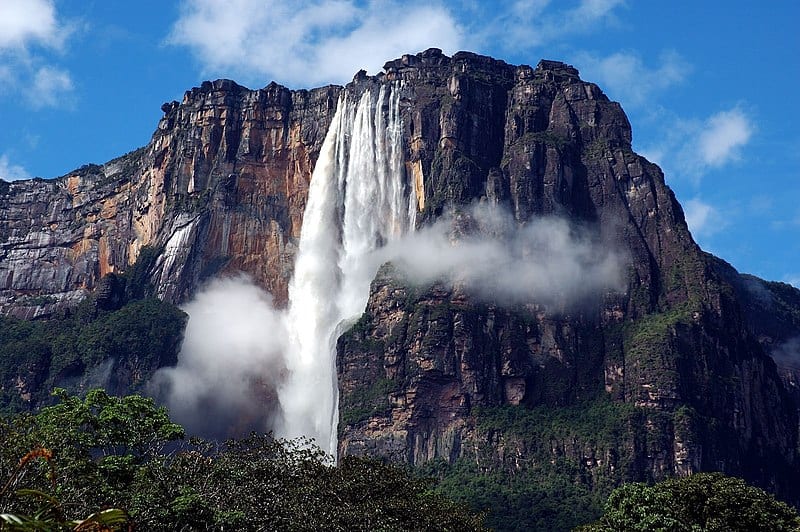
Angel Falls, located in Canaima National Park, is the world’s highest uninterrupted waterfall, plunging 3,212 feet from the top of Auyán-tepui mountain. Named after American aviator Jimmie Angel, who discovered the falls in 1933, this natural wonder is surrounded by lush jungle and rugged terrain. Reaching the falls involves a river trip and a challenging hike through the dense forest, adding to the sense of adventure. The sight of the water cascading from the tabletop mountain, especially during the rainy season, is unforgettable and mesmerizing.
Amazon Rainforest, Brazil
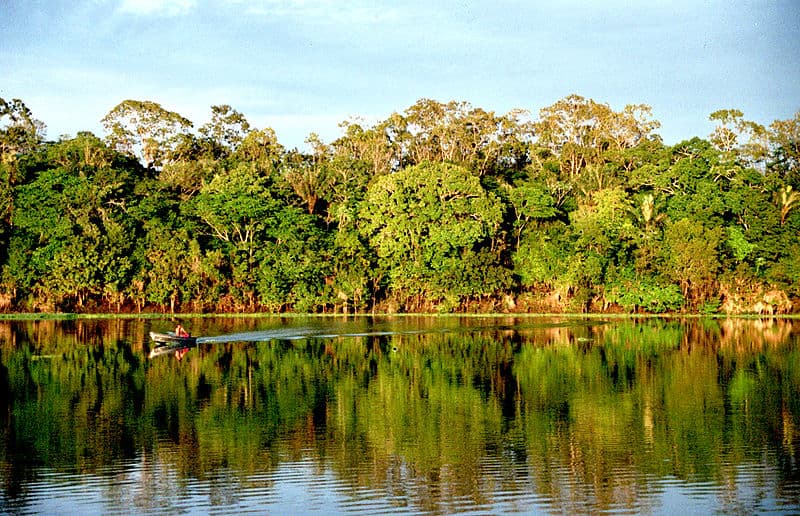
The Amazon Rainforest, the world’s largest tropical rainforest, covers much of northern Brazil and extends into several other South American countries. It is home to an incredible diversity of flora and fauna, including countless species of plants, animals, and insects that are found nowhere else on Earth. The Amazon River, the second-longest river in the world, flows through the heart of the rainforest, supporting a complex ecosystem. Indigenous tribes continue to live in harmony with the environment, maintaining their traditional ways of life. Conservation efforts are critical to preserving this vital ecosystem, which plays a crucial role in regulating the planet’s climate.
Tayrona National Natural Park, Colombia
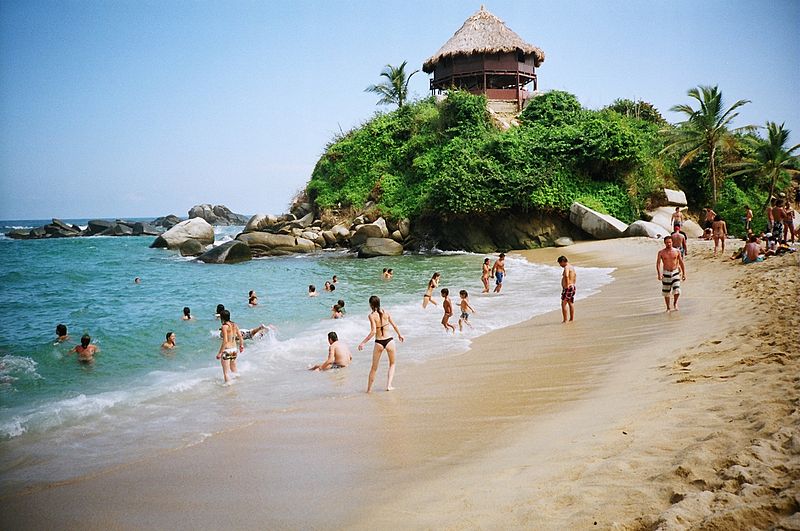
Located on the Caribbean coast of Colombia, Tayrona National Natural Park boasts stunning beaches, lush rainforest, and rich biodiversity. The park is home to many unique species of flora and fauna, including monkeys, exotic birds, and marine life. It is also inhabited by the indigenous Kogi people, who consider the area sacred. Visitors can hike to the ancient ruins of Pueblito, which offer insights into the pre-Columbian Tayrona civilization. The crystal-clear waters and coral reefs make it an ideal spot for snorkeling and diving, providing a glimpse into the vibrant underwater world.
Atacama Desert, Chile
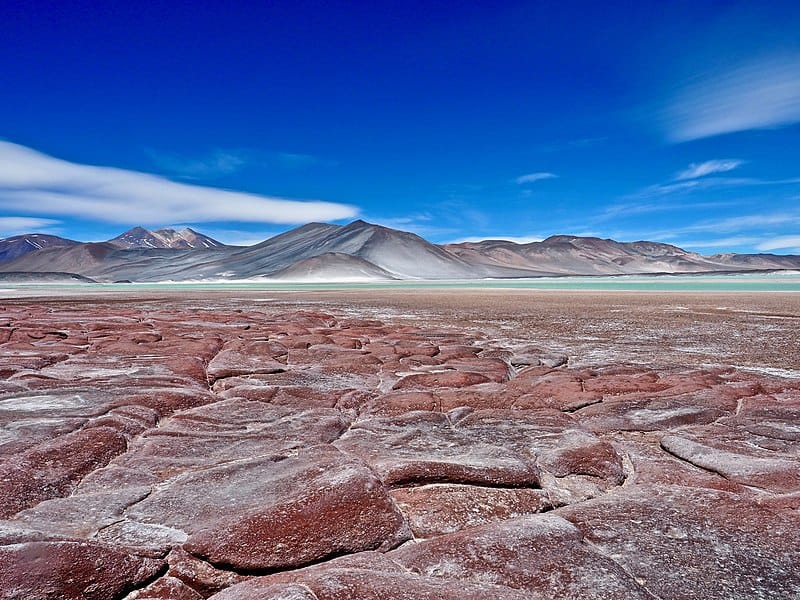
The Atacama Desert, located in northern Chile, is the driest desert in the world, with some areas receiving less than 1mm of rainfall per year. Its otherworldly landscape includes salt flats, geysers, and lunar-like valleys, such as Valle de la Luna. The desert is a prime location for stargazing due to its clear skies and minimal light pollution. Valle de la Luna offers spectacular sunset views, with the changing colors of the sky reflecting off the unique rock formations. The region is also rich in archaeological sites, with ancient petroglyphs and ruins scattered throughout the desert.
Perito Moreno Glacier, Argentina
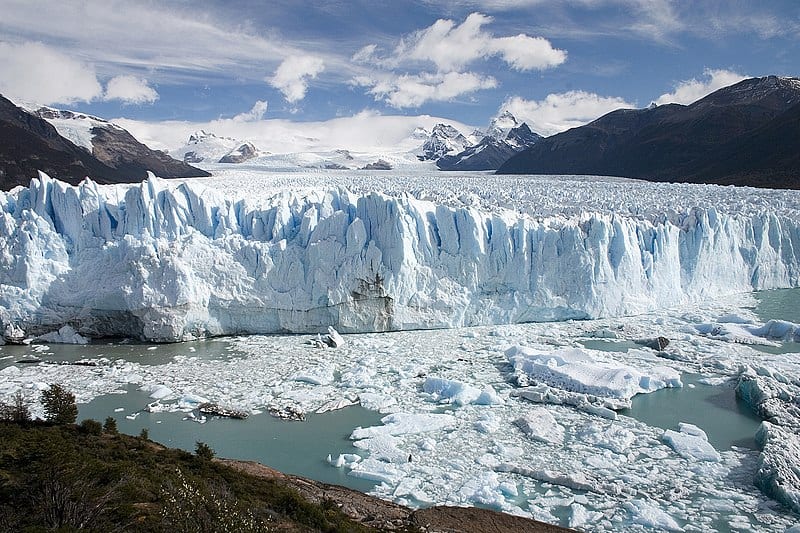
Perito Moreno Glacier, located in Los Glaciares National Park in southern Argentina, is one of the most famous glaciers in the world. It is one of the few advancing glaciers, spanning over 97 square miles. The glacier’s impressive ice formations draw tourists year-round, offering a stunning display of nature’s power and beauty. Visitors can experience the glacier up close via boat tours or walk on the specially constructed viewing platforms. The dramatic ice calving, where massive chunks of ice break off and crash into the water, is a spectacular sight.
Sugarloaf Mountain, Brazil

Sugarloaf Mountain is a peak situated in Rio de Janeiro, rising 1,299 feet above the harbor. It offers panoramic views of the city, its beaches, and the surrounding landscape. Visitors reach the summit via a glass-walled cable car, providing a thrilling and scenic ascent. The mountain is named for its resemblance to traditional sugarloaves used during Brazil’s colonial era. It is a popular spot for rock climbing, with routes catering to various skill levels, and is a must-visit for photographers seeking to capture the beauty of Rio.
Colca Canyon, Peru
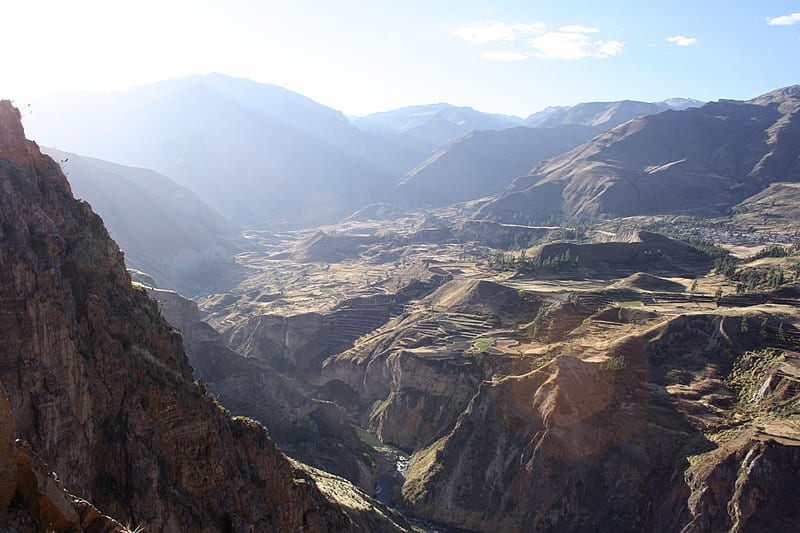
Colca Canyon, located in southern Peru, is one of the world’s deepest canyons, reaching depths of over 10,000 feet. It is more than twice as deep as the Grand Canyon and offers breathtaking views and dramatic landscapes. The canyon is a habitat for the majestic Andean condor, which can often be seen soaring above the canyon walls. Visitors can trek along its rugged trails, passing through traditional villages and terraced agriculture fields. The area is also known for its pre-Inca roots, with ancient ruins and cultural sites scattered throughout the region.
Ciudad Perdida, Colombia
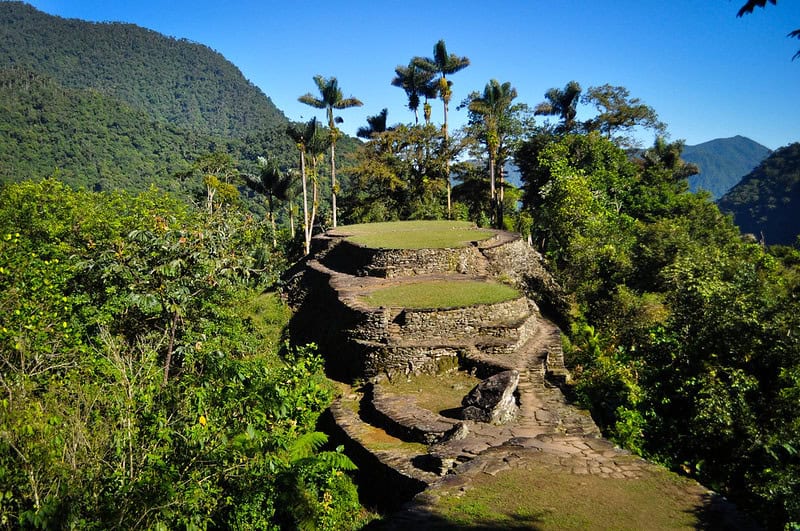
Also known as the “Lost City,” Ciudad Perdida is an ancient archaeological site in the Sierra Nevada de Santa Marta mountains. Built by the Tairona civilization around 800 AD, it predates Machu Picchu by several centuries. The site was rediscovered in the 1970s and is only accessible by a multi-day trek through dense jungle. Ciudad Perdida features terraces, plazas, and circular stone structures, providing a glimpse into the advanced urban planning of the Tairona. The journey through the jungle, with its diverse flora and fauna, adds to the mystique and allure of the site.
Lake Titicaca, Peru/Bolivia
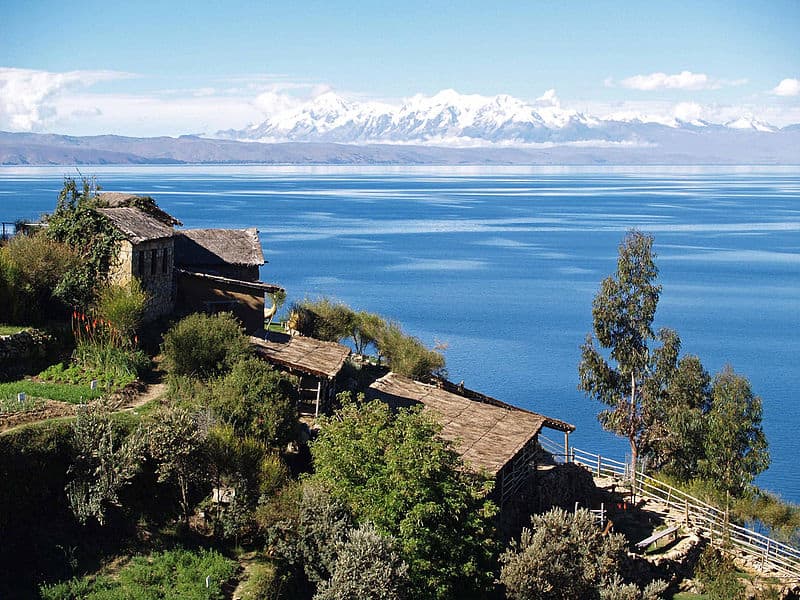
Lake Titicaca, straddling the border between Peru and Bolivia, is the highest navigable lake in the world at an elevation of 12,507 feet. It is considered the birthplace of the Inca civilization, with many legends and myths associated with its origins. The lake is dotted with islands, including the famous Uros floating islands made of totora reeds. Visitors can explore the rich cultural heritage of the local communities, who continue to live traditional lifestyles. The stunning landscapes, clear waters, and serene environment make it a must-visit destination in South America.
Mount Roraima, Venezuela/Brazil/Guyana

Mount Roraima is a striking tabletop mountain located at the tripoint of Venezuela, Brazil, and Guyana. It is one of the oldest geological formations on Earth, dating back over two billion years. The mountain inspired Arthur Conan Doyle’s novel “The Lost World” due to its unique and isolated ecosystem. Its flat summit is home to many unique flora and fauna, found nowhere else in the world. The trek to the summit is challenging but rewarding, offering unparalleled views and a sense of adventure.
Valley of the Moon, Bolivia
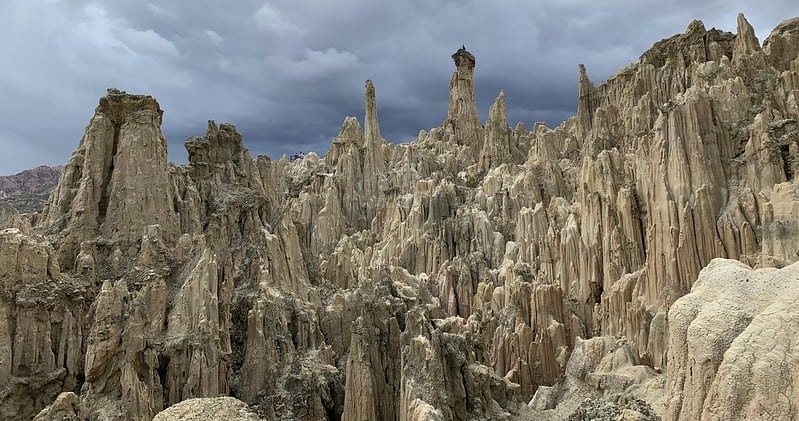
Located near La Paz, the Valley of the Moon features a bizarre, moon-like landscape created by erosion of the clay and sandstone. The erosion has shaped the terrain into spires, canyons, and other unusual formations, giving it an otherworldly appearance. The area is named for its resemblance to the lunar surface and offers an eerie, fascinating experience for visitors. The valley is best explored on foot, with trails winding through the formations and providing different perspectives. The site is also a great place to learn about the geological processes that created such a unique landscape.
La Paz, Bolivia
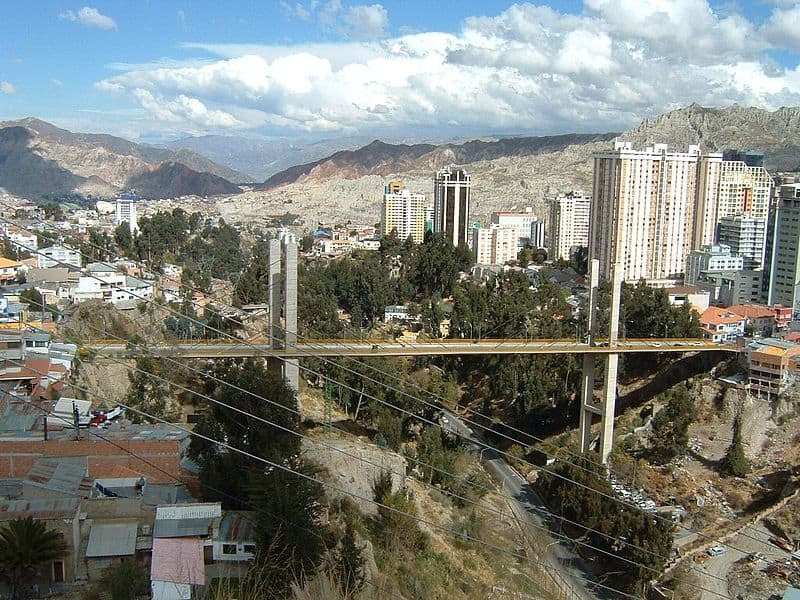
As the world’s highest capital city, La Paz offers a unique urban experience at an altitude of approximately 11,975 feet. The city is situated in a deep valley surrounded by mountains, providing dramatic scenery and a distinctive climate. La Paz is known for its vibrant culture, bustling markets, and historic architecture. Highlights include the Witches’ Market, where traditional Aymara healers sell herbs and potions, and the Mi Teleférico cable car system, which offers stunning views of the city and the surrounding landscape. La Paz also serves as a gateway to nearby natural attractions, including the Yungas Road and the Uyuni Salt Flats.
Cusco, Peru
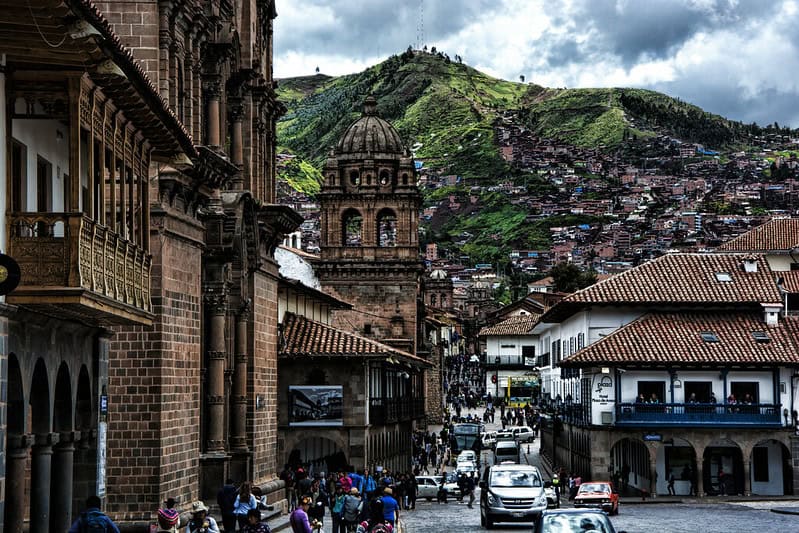
Once the capital of the Inca Empire, Cusco is a city steeped in history and culture. Its well-preserved architecture blends Inca and Spanish colonial styles, creating a unique and picturesque urban landscape. The city is a UNESCO World Heritage site and a major tourist hub, with many historic sites to explore, such as Sacsayhuamán, an ancient Inca fortress, and the Qorikancha temple, which was once the most important temple in the Inca Empire. Cusco is also the gateway to Machu Picchu and the Sacred Valley, making it an essential stop for travelers seeking to explore Peru’s rich heritage.
This article originally appeared on Rarest.org.
More From Rarest.Org
1951 Wheat Penny Value Guide

The Lincoln cent, also known as the Lincoln penny, has a face value of $0.01. The U.S. Mint has struck this coin since 1909. The Lincoln penny has been produced for over a century now and is still in circulation up to the present. Read more.
Bird feathers have fascinated humans for centuries. Their beauty and rarity make them highly coveted. Here are some of the most sought-after bird feathers, prized for their unique characteristics and cultural significance. Read more.
Trees are vital to our planet’s health and our well-being. Some trees are so rare that they exist only in small pockets around the world. This list explores these rare treasures, detailing their unique characteristics and habitats. Read more.


